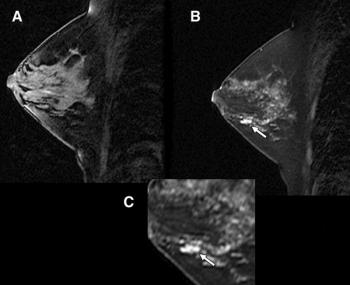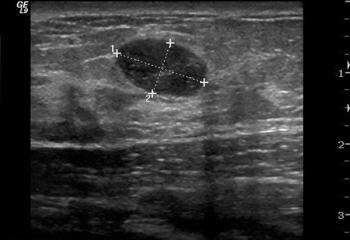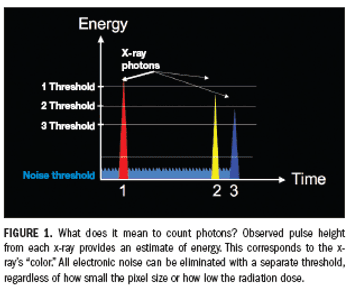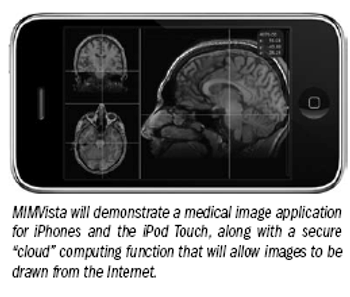
Breast cancer detection rates increase substantially when women at high risk and those with dense breasts undergo mammography and ultrasound annually, according to a study presented Wednesday at the 2009 RSNA meeting. MRI is an even more effective technique when used with mammography, but only for women who are at high risk for the condition.





























